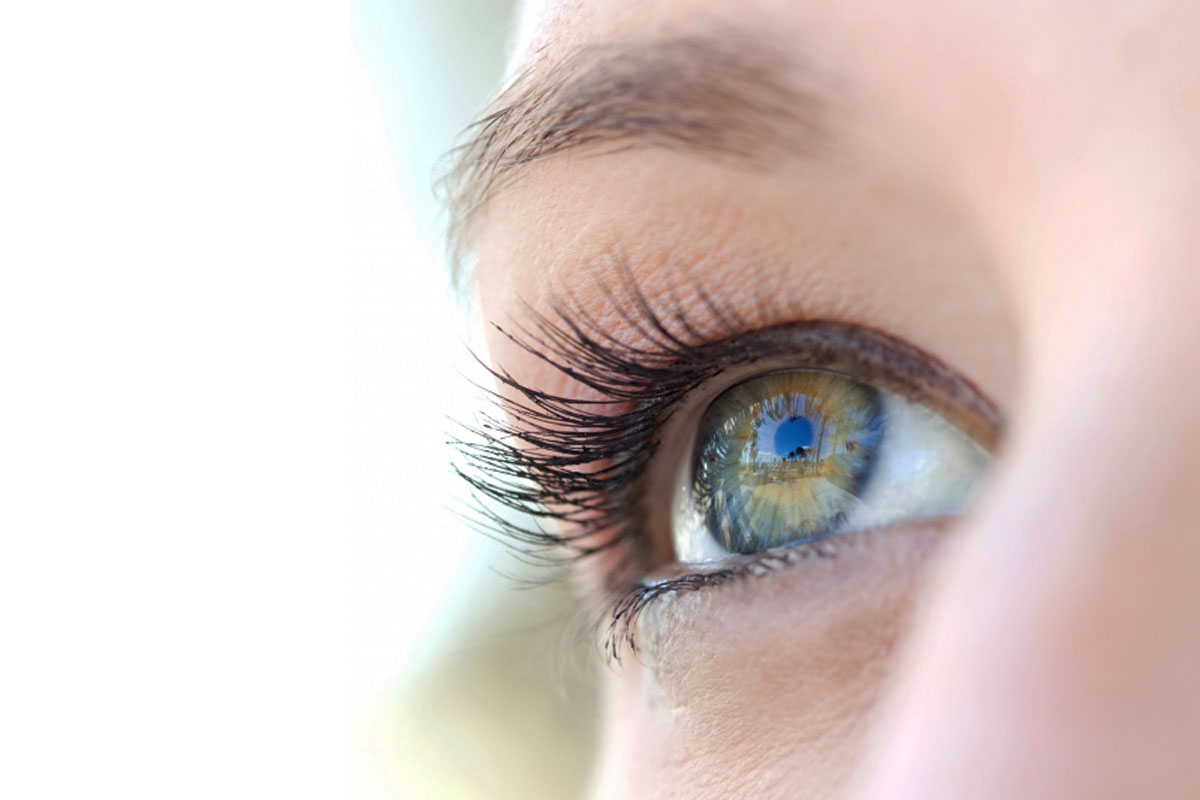
Glaucoma is caused by the build-up of fluid within the eye (called aqueous humour, or simply aqueous). This causes pressure within the eye (called intraocular pressure or IOP) to extend, which damages the optic nerve and results in vision loss. An aqueous shunt is a device which is implanted into the eye and improves the drainage of the fluid out of the eye.
An aqueous shunt is a device which drains aqueous humour out of the eye to a tiny blister (called a bleb) under the surface of the eye (the conjunctiva). It bypasses the normal drainage channels within the eye, and drainage of the aqueous out of the eye is improved, reducing IOP.
Different types of shunt are available. The two commonest types are the Ahmed Glaucoma Valve or the Baerveldt Glaucoma Implant. Other common names for this kind of device are tube implants, glaucoma drainage implant or glaucoma tube shunts.
The shunt has two parts: a tiny silicon tube and a plate. The aqueous drains down the tube to the plate, which sits within the conjunctiva.
How will it help with my glaucoma?
By improving the flow of aqueous out of the eye, the IOP will decrease. This reduces pressure on the optic nerve, which suggests vision loss is a lot less likely. However, any vision already lost to glaucoma can’t be recovered, and therefore the glaucoma isn ‘t cured. This type of treatment is for people with medium to high level glaucoma, particularly where eye drops aren’t working fine.
What does the surgery involve?
The surgery is typically done under local anesthetic which implies you may be awake but the eye will be numb.It mostly lasts one to two hours, and you may probably be ready to return the same day or the next day.
What happens after surgery?
The shunt won’t normally be permanently visible after surgery. While the eye is healing from the surgery, it’ll probably be red and swollen. You will be seen by your ophthalmologist the day after the surgery, and will be given antibiotic and steroid eye drops to boost recovery. You need to still take all eye drops as directed, including for your other eye if you’ve got glaucoma in both eyes. You’ll be asked to attend several follow-up appointments after the surgery to test if the eye is healing well and also the device is functioning. It’s vital to attend these appointments. It will take your eye several weeks to endure the surgery, so you’ll have to take a while off work and avoid some forms of physical activity.
What are the benefits?
Aqueous shunt surgery is a safe procedure, although like all operations there’s some risk, for instance of infection. For many people with glaucoma, the surgery reduces IOP well. Meaning fewer eye drops and a far better chance of protecting vision.
What are the alternatives?
There are other treatments available for glaucoma which can be recommended, for instance, eye drops, trabeculectomy or MIGS.
